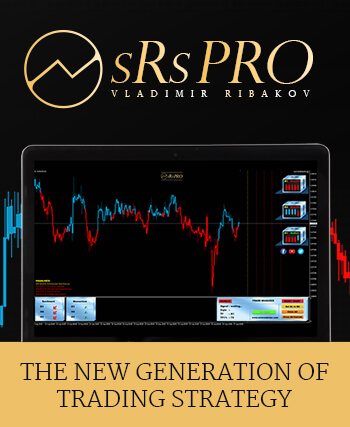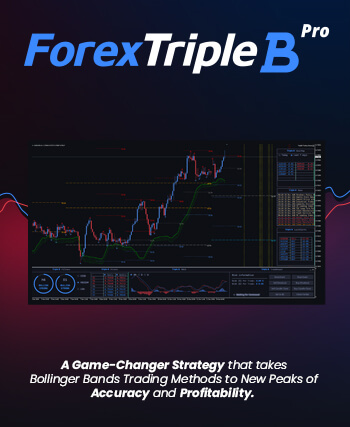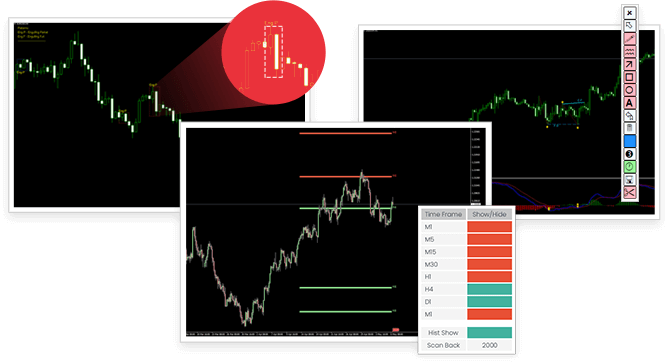What is NZD/USD?
Definition: NZD/USD denotes the New Zealand dollar and U.S. dollar currency pair.
Represented as a price quote, the NZD/USD informs traders of how many U.S. dollars they may get in exchange for the price of one New Zealand dollar.
In this instance, the NZD is referred to as the base currency while the USD is known as the quote currency; this can be more easily remembered given that you are using the base currency to quote how many US dollars you can get in exchange for one New Zealand dollar.
Sometimes the NZD/USD is referred to as Kiwi or The Bird amongst forex traders while the NZD is considered a growth currency and the USD is well-known as a ‘safe-haven currency.’

Deciphering the NZD/USD
One can calculate the value of the NZD/USD by quoting 1 New Zealand dollar per fluctuating sum of U.S. dollars. An example, should the NZD/USD pair reflect a quote of 0.60, it indicates that $0.60 U.S. dollars are required to buy one New Zealand dollar.
New Zealand possesses a mixed economy where a significant portion of its economy is based on agriculture and consumer services.
Services include wholesale trade, tourism, and retail although the agricultural sector composes the largest proportion of industry in New Zealand.
Before the Coronavirus pandemic (COVID-19) took root, agriculture was responsible for 6.6% of New Zealand’s GDP while both horticulture and pastoral farming were deemed two essential agricultural components.
One historically positive correlation that has benefited the New Zealand dollar would be global dairy prices since New Zealand is the world’s largest exporter of whole milk powder – should an increase in the value of milk occur, then, in theory, so should the New Zealand economy as traders may drive the price of the currency up as a result of anticipation and consumer sentiment.
Another economic factor that plays a considerable role in determining the well-being of the New Zealand economy would be tourism, which is 2016 compromised 5.6% of New Zealand’s GDP along with over 7.4% of the country’s workforce, so should travel to New Zealand become more affordable then the value of the NZD is predicted is appreciate.
Additionally, it is important to note how the New Zealand agricultural sector is exposed to the international economy, essentially meaning that there are no tariffs or subsidies.
While it would appear to make sense for the NZD/USD currency pair to be traded for New Zealand’s agricultural outputs, that is not always the case.
NZD/USD Influence Determinants
It should be stressed that the New Zealand markets kick off the start of a new trading day. This hidden facet of knowledge is often overlooked although some traders, banks, and larger corporations not only understand this but leverage this insight to place favorable trades per the events that are to unfold later throughout the day.
To add, the NZD/USD may be affected by determinants that have an influence on the relation between the New Zealand dollar and the U.S. dollar in addition to other currencies.
Ex:) The Reserve Bank of New Zealand (RBNZ) interest rate differential between that of the Federal Reserve (Fed) has a direct effect on the value of both currencies. This is generally seen when the Federal Reserve interferes with the open market in an attempt to strengthen the U.S. dollar. A byproduct of this interference tends to increase the value of the U.S. dollar in relation to the New Zealand dollar which, in turn, weakens the exchange value of the NZD/USD.

Currencies tend to be classified as a high or low-yielding currency. The New Zealand dollar, for instance, is categorized as a high-yielding currency. Currency carry trades is a popular forex trading strategy, where, for example, a trader attempts to generate a significant sum from the difference between the exchange rates of two currency pairs by funding the higher-yielding currency with a lower-yielding currency such as the Japanese yen.
There is strong evidence of currency carry trades being documented as a symptom of the 2008 Financial Crisis. While the volatility rose exponentially, the NZD cliff-dove losing nearly 50% of its value against the JPY (Japanese yen).
Generally, traders who employ such a trading methodology hold such carry trades for extended periods until an investor feels averse at risk.
Coming full circle to positive correlations, it can also be noted how the NZD/USD shares a positive correlation with its relative, the AUD/USD (Australian Dollar/U.S. Dollar). Meaning, should the value of the NZD/USD appreciate then generally so does the value of the AUD/USD.
Recapping NZD/USD Key Insights
- The NZD/USD quotes the variable exchange rate between the New Zealand dollar and the U.S. dollar.
- The price quote informs traders how many U.S. dollars must be exchanged to buy one New Zealand dollar.
- Interest rate differential can influence an appreciation or depreciation in the value of the NZD/USD.
- The NZD/USD is widely-known as a carry trade currency pair.
- The NZD/USD shares a positive correlation with the AUD/USD currency pair.
















